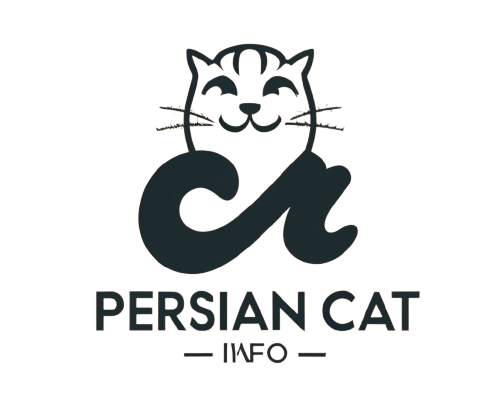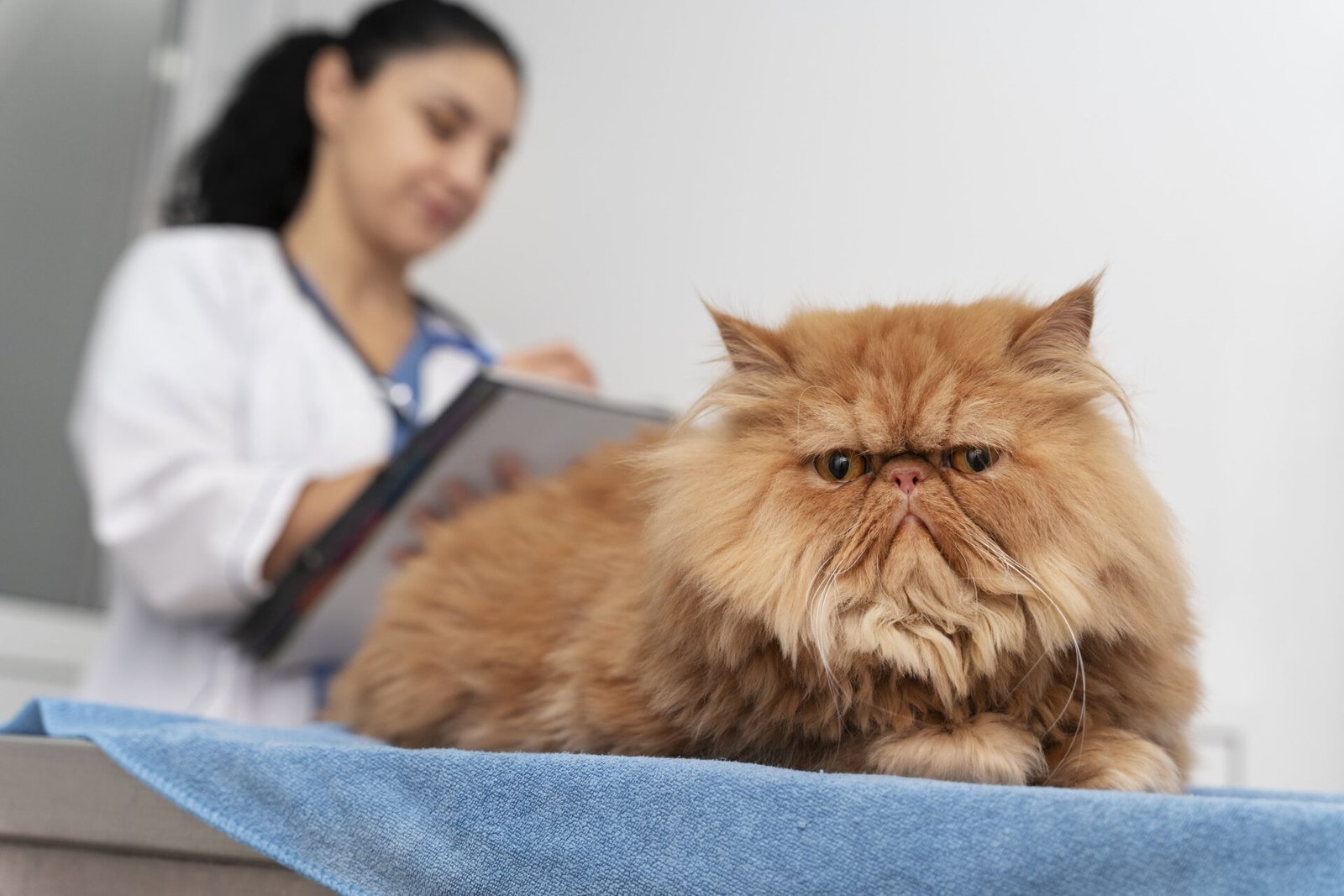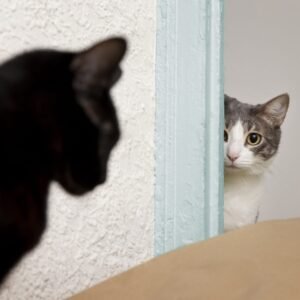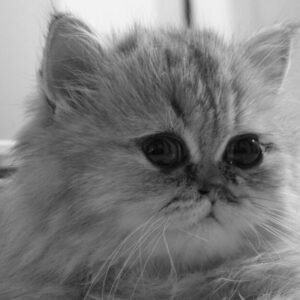Persian cats are a popular cat breed. They have a fluffy coat, lovely nature, and affectionate personality. Many flat-faced Persian cats have breathing problems as they have smooshed faces, button noses, and doll-like eyes.
The technical term for cats with these flat faces is brachycephalic. If you are about to get a Persian cat in your home, here is what you need to know about the breathing issues associated with the Persian cat. This article will give you every kind of information so that you may well be aware that Persian cats have breathing problems.
What is a brachycephalic cat?
Brachy means shortened and cephalic means head. The skull bones of brachycephalic cats are shortened in length, giving the face and nose a pushed-in appearance.
Due to the shorter bones of the face and nose, the anatomy and relationships with other soft tissue structures are altered; some of these changes can cause physical problems, particularly with breathing. 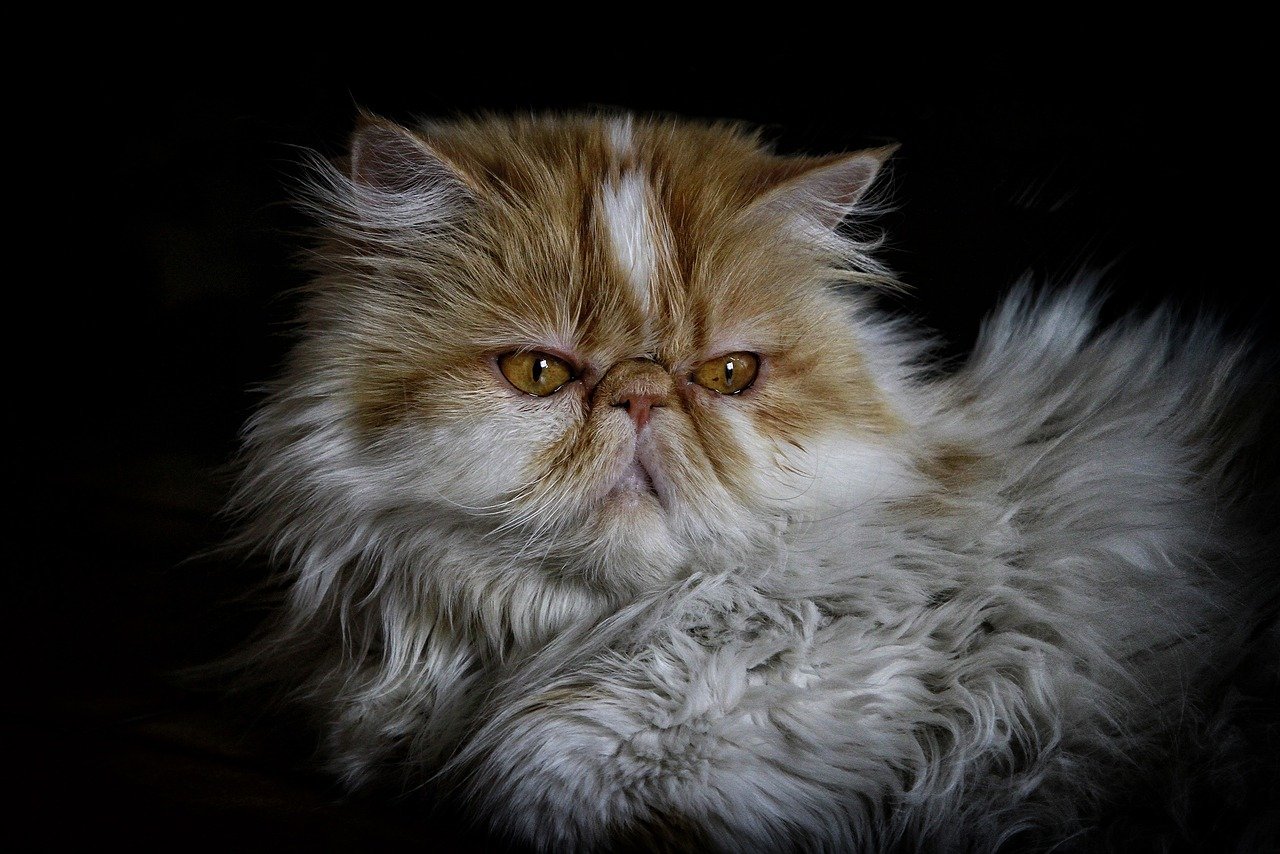
The flat-faced cat became popular in 1950 as it was produced due to genetic mutation. These kittens were so cute that they sought attention all over the world.
Signs of brachycephalic airway syndrome in Persian cats:
- Difficulty in breathing, usually they breathe through their mouth.
- The noise increased when breathing.
- The cat is lethargic, and unwilling to move.
- Excessive salivation.
- Vomiting
- Coughing
Brachycephalic cat breeds
The following breeds are currently classed as brachycephalic:
- Exotic Shorthair.
- Himalayan.
- Persian.
- Scottish Fold.Brachycephalic airway syndrome.
- Chinchilla.
- British Shorthair.
Brachycephalic airway syndrome treatment
The syndrome affects your cat and its symptoms are the main factors on which the treatment depends upon. Management options include:
- Weight loss: reducing the animal’s body weight reduces the chances of severe symptoms
- Surgical intervention to correct the anatomical abnormalities
Anti-inflammatory drugs can be used to stabilize cats presenting in severe respiratory distress. 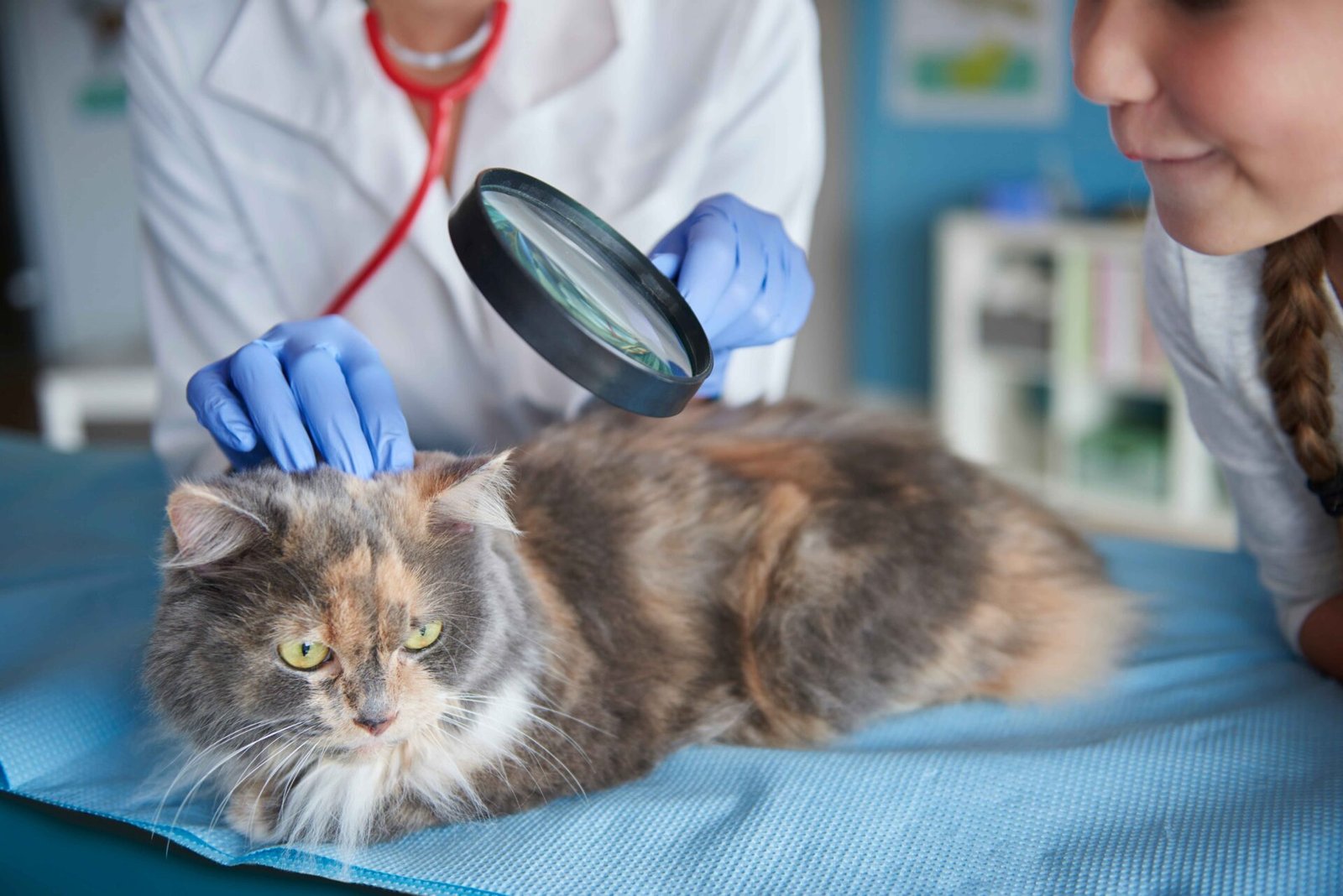
Brachycephalic Airway Syndrome is a life-long condition. Surgery is the only way to improve the anatomical abnormalities permanently. Early surgical correction is recommended as the condition tends to worsen over time.
With surgical intervention, most cats have a good prognosis.
Cats managed with weight loss and avoiding risk factors only have a fair prognosis, as symptoms are likely to worsen over time. Cats with BAS are also at risk of severe complications, such as aspiration pneumonia, and cardiac arrest.
You may also like: https://persiancatinfo.com/can-cats-have-down-syndrome/
Prevention
Brachycephalic airway syndrome is a chronic condition.
Strategies to reduce the severity of symptoms include:
- Weight control
- Ensuring the animal’s environment is not excessively hot
- Avoid heavy exercise, especially in hot and humid weather
Is Brachycephalic Airway Syndrome (BAS) in Cats common?
Brachycephalic Airway Syndrome only affects Brachycephalic cat breeds. It is common in these breeds.
FAQs
Why does my Persian cat breathe so loud?
Obesity — Weight increases can lead to increased respiratory noise and even apnea, especially in animals that may already have narrowed airways, such as brachycephalic breeds like Persians.
Do Persian cats cause asthma?
Allergens in the fur, skin, and saliva of cats can cause an allergic reaction in some people, which can trigger symptoms of asthma such as wheezing, coughing, and shortness of breath
What does abnormal breathing look like in a cat?
Their rate of breathing may be noticeably rapid, for example. They may pant noisily with an open mouth and may cough frequently. They may lower their heads, extend their bodies forward, and appear to be gagging and about to vomit.
What does healthy cat breathing sound like?
Their breathing should be quiet, only audible if you listen very closely. Similarly, you shouldn’t see much movement when they are breathing either.
Conclusion
In conclusion, to answer the question of if a Persian cat has breathing problems. Yes, they have, but the main problem is the Brachycephalic Airway Syndrome (BAS).
It only affects Brachycephalic cat breeds. It is common in these breeds. There are many signs including difficulty breathing, vomiting, increased sound while breathing, and coughing. Brachycephalic Airway Syndrome is a life-long condition.
Surgery is the only way to improve the anatomical abnormalities permanently. Prevention includes weight control, preventing heavy exercise in humid and hot temperatures.
Leave any thoughts about this article.
